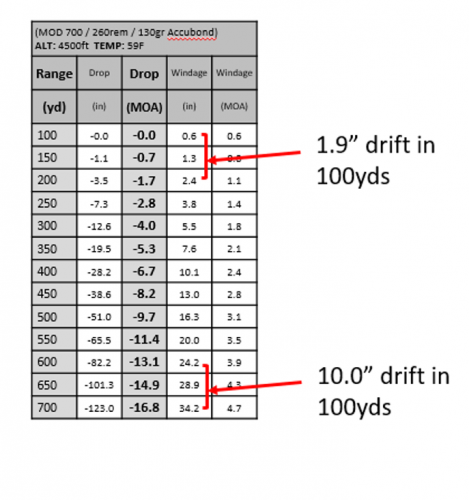cahunter805
Well-known member
- Joined
- May 27, 2014
- Messages
- 2,601
Nathan
Keep at it buddy. The more you practice many things will become routine and easier for you. Looks like you have the bino program pretty close.
It might be hard with your current bench/rest setup but practice your natural POA( Point of aim). Setup on the target and get your crosshairs on the bullseye or whatever you are aiming at. Get comfy and then close your eyes for a few seconds. When you open them your crosshairs should still be on your POA. If they have drifted off reposition your rest/body to align it better. With some practice it becomes easier also.
Also be sure to follow through with your shots. Many people tend to lift their head to see the bullets impact or look for dust. Stay on the rifle and try to see the hit/dust through your scope.
Keep at it buddy. The more you practice many things will become routine and easier for you. Looks like you have the bino program pretty close.
It might be hard with your current bench/rest setup but practice your natural POA( Point of aim). Setup on the target and get your crosshairs on the bullseye or whatever you are aiming at. Get comfy and then close your eyes for a few seconds. When you open them your crosshairs should still be on your POA. If they have drifted off reposition your rest/body to align it better. With some practice it becomes easier also.
Also be sure to follow through with your shots. Many people tend to lift their head to see the bullets impact or look for dust. Stay on the rifle and try to see the hit/dust through your scope.





